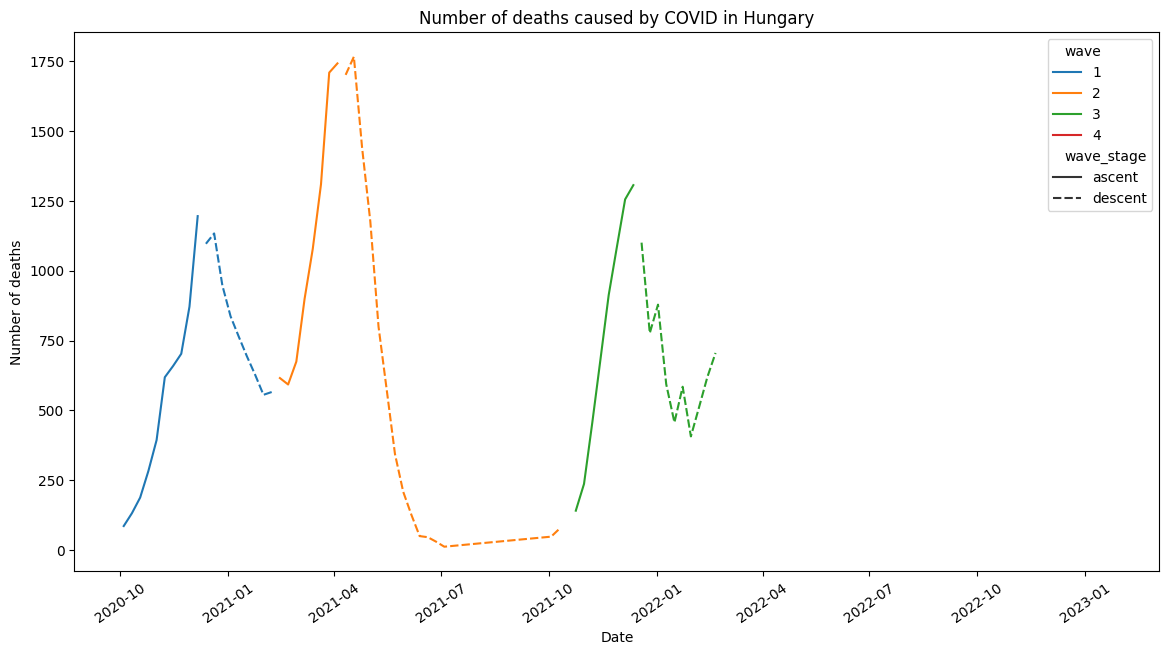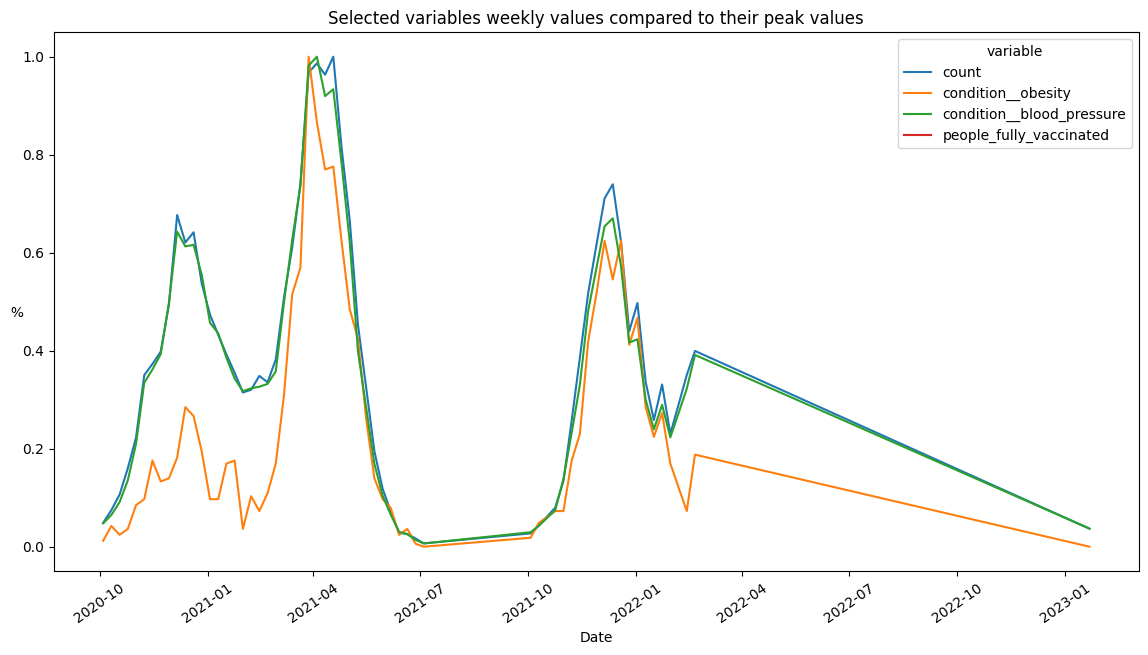Covid Victims
Contents
Covid Victims¶
This is a dataset of individual victims of the covid pandemic in Hungary. It updates daily and uses several sources
How This is Created¶
A researcher finds https://koronavirus.gov.hu/elhunytak and figures they could do some useful research with this individual level data, maybe even better if joined with temporal information, vaccine data and test results
unfortunately, the link now is dead, and the data does not seem to be available elsewhere
They write an email with the link and the idea for such a dataset to sscub@krtk.hu
In the response we either:
give an estimated time of completion for such a dataset and start downloading and linking the data, conduct some initial analysis of maybe some of our own ideas for hypotheses
propose some changes / extensions,
set up connections with other researchers who requested similar datasets
point to work already in progress that creates this or a similar dataset
In this case we could download and link the data in about one day.
Entity Relationship Diagram (ERD)¶
What is an Entity Relationship Diagram (ERD)?
An entity relationship diagram (ERD) shows the relationships of entity sets stored in a database. An entity in this context is an object, a component of data, for example a variable. An entity set is a collection of similar entities. These entities can have attributes that define their properties.
By defining the entities, and their attributes, and showing the relationships between them, an ER diagram illustrates the logical structure of databases.
Each table demonstrates an entity set, where the rows represent the entities. Each entity set contains a primary key (PK) which is unique in the table. A primary key can be one entity, for example, a tax number or a set of entities like longitude and latitude in spatial data.
An entity set may have got a foreign key (FK). It means that the table is connected to another table’s primary key. This relationship can be represented by a line with a sign on its every ending. The sign specifies how many instances of an entity relate to one instance of another entity:
double lines (one)
branching line (more)
Exploratory Data Analysis (EDA)¶
What does exploratory data analysis contain?
These are some summaries of the initial analyses we conducted on the tables of the dataset. They are based on our ideas that we think can be further explored in a research project.
The exploration notebooks can be checked by clicking on the Open Notebook button. If you just want to see the output figures of the analysis, then open them with the Figures button.
Tables¶
How should I use this?
Table information
Each table has a Table Profile, generated by pandas-profiling. This includes descriptive statistics based on the table data and metadata, which can save significant time during the pre-analysis. Each profiling contains descriptives of the variables and additionally may show interactions, correlations, missing data information, and samples of the data. To see the profiling click on Open Table Profile.
Furthermore, you can check the first 5 rows of the tables by clicking on the First 5 rows button.
Download links
The table data can be downloaded in CSV format with Download CSV button. Before this step, we recommend checking the table profile!
Updating information
Some datasets are updated periodically. In this case, you can check the updating period at the top of this section.
There is 1 table and the sources are checked for updates at 04:00 pm, only on monday
Size: 46265 × 15 (5.58 MB)
Last Changed: 2023-01-22 20:41

